Week 1: HRV Review
What is it?
Heart rate variability (HRV) is the measure of the variation between heartbeats. It is controlled by your autonomic nervous system (ANS). This system operates automatically and regulate process such as the heart rate and other bodily functions that are are not under conscious control. This system is broken into two branches the flight or fight (which preparing the body for action and stress) and the rest + digest (which promotes relaxation + recovery). HRV is influenced by the ability to smoothly shift between these two branches.
Low HRV: Smaller differences between successive heartbeats - Indicates a less flexible autonomic nervous system.
Understanding the Impact of Breathing on HRV
Breathing has a huge impact on bodily functions that are not under conscious control such as heartrate and blood pressure, meaning it also has a huge impact on the autonomic nervous system. Inhalation heartrate tends to increases and exhalation tends to decrease. This natural variation in heart rate is what connects breathing to HRV.
- Slow and intentional breathing (Which can be helped by deep breathing exercises ) leads to a High HRV: Which helps to reduce the fight or flight dominance. Thus breathing can promote relaxation and improve HRV. It can also help people who have neurodevelopmental disorder as as a HRV can people be more relaxed and attentive. (Deep Breathing for the ADHD Brain (additudemag.com))
- People who have breathing problems are 60 percent more likely to have an depression disorder or anxiety. As they find it more harder to get out the fight or flight dominance. Meaning they have difficulty becoming relax after experience stress. (Impact of anxiety and depression on respiratory symptoms - ScienceDirect)
What Products are there?
Apple Watch series 8:
In addition to sleep and activity tracking, GPS, optional cellular service, and countless other features, it includes an ECG sensor that allows you to take an electrocardiogram reading of your heart.
User insight:
"I use my Apple Watch Series 8 to encourage movement and track my exercise. The watch makes it super easy to go on runs without my phone, and I enjoy getting little pings on busy workdays reminding me to stand up and walk around."
Whoop Watch - The Whoop Strap use HRV to help calculate your readiness to perform each day. This is useful for athletes who are following a periodized program or trying to peak for a competition. Your HRV is monitored through the "Recovery" tab, along with a newer feature, the "Health Monitor," which identifies your typical heart rate, resting heart rate, heart-rate variability, skin temperature, and blood oxygen levels.(What is Heart Rate Variability (HRV)? [The Ultimate HRV Guide] (whoop.com))
User insights:
"I wore the WHOOP 3.0 for about a year. I loved the intuitive platform and how much data there was to peruse every day. It also just looks cool and is really comfortable to wear. One thing that got in my way, though, was the psychological factor of the Strain and Recovery scores. I didn't love the few days that my mental state (I'm ready to work out!) didn't match what the app was telling me (you actually need to recover). I also don't love sleeping in wearable devices, which is key for getting the most accurate, robust data about your recovery."
Oura Ring -
Measures respiratory rate, body temperature, and resting heart rate. The app gives you a "Readiness Score" each day, to measure how rested you are—so you can choose to tackle the day or take it easy.
User insights:
"I tried out the Oura Ring a while back, and it's really impressive. The data, especially from sleep, is extremely thorough while still being user-friendly for the average human, like me. While the platform is really cool, I stopped wearing it because I'm a runner and I prefer a tracker with a face and because the ring felt clunky".
What People use it
Athletes:
HRV can also be taken a step further for athletes and active individuals and is related to performance factors like:
• Overall fitness levels
• Current stress levels
• Training readiness
• Recovery levels
• Mental readiness
For athletes and fitness enthusiasts, autonomic nervous system imbalances (Low HRV) can wreak havoc on progress. Can Help with breathing thus allow you to improve athletics performances. Also taking deep breathes will help them relax and have a clearer mind as they come out of the fight or flight mode.
Ordinary people can use for stress Management:
•Higher HRV Reflects Low Stress: A higher HRV value generally indicates relatively low stress levels.
•Lower HRV May Signal Stress: Conversely, a lower HRV may signal higher stress levels.
•Rest and Recovery Indicator: A higher HRV can indicate that your body is well-rested and has adequately recovered.
•Identification of Stress Factors: Monitoring HRV can help identify specific situations or factors that may be causing stress.
Technology to measure HRV
Electrocardiogram (ECG/EKG) Sensors:
ECG sensors are considered the gold standard for HRV measurement.
These sensors detect the electrical activity of the heart by placing electrodes on the skin.
ECG provides highly accurate HRV data but is often used in clinical or research settings.
Photoplethysmography (PPG) Sensors:
PPG sensors use light to measure blood volume changes, typically on the skin's surface.
Found in many wearable devices like fitness trackers and smartwatches.
PPG can provide accurate enough HRV measurements for most consumer applications.
Chest Straps:
Chest straps often combine ECG sensors with a comfortable chest strap design.
These straps are popular among athletes and fitness enthusiasts for accurate HRV monitoring during workouts. (Northern Irish company and GAA player use it)
Feedback of HRV
Color-Coded Feedback:
Visual feedback with color-coded indicators is used to represent different HRV levels.
For example, green may indicate optimal HRV, yellow for moderate, and red for lower HRV levels.
Guided Interventions:
Many HRV biofeedback devices offer guided interventions to improve HRV.
Users may be prompted to engage in specific breathing exercises, relaxation techniques, or meditation to positively influence their HRV.
Like a voice command.
gamification:
Leaderboards: Display a leaderboard showing users with the highest HRV scores. Users can compare their performance with others, fostering a sense of community and motivation to stay at the top.

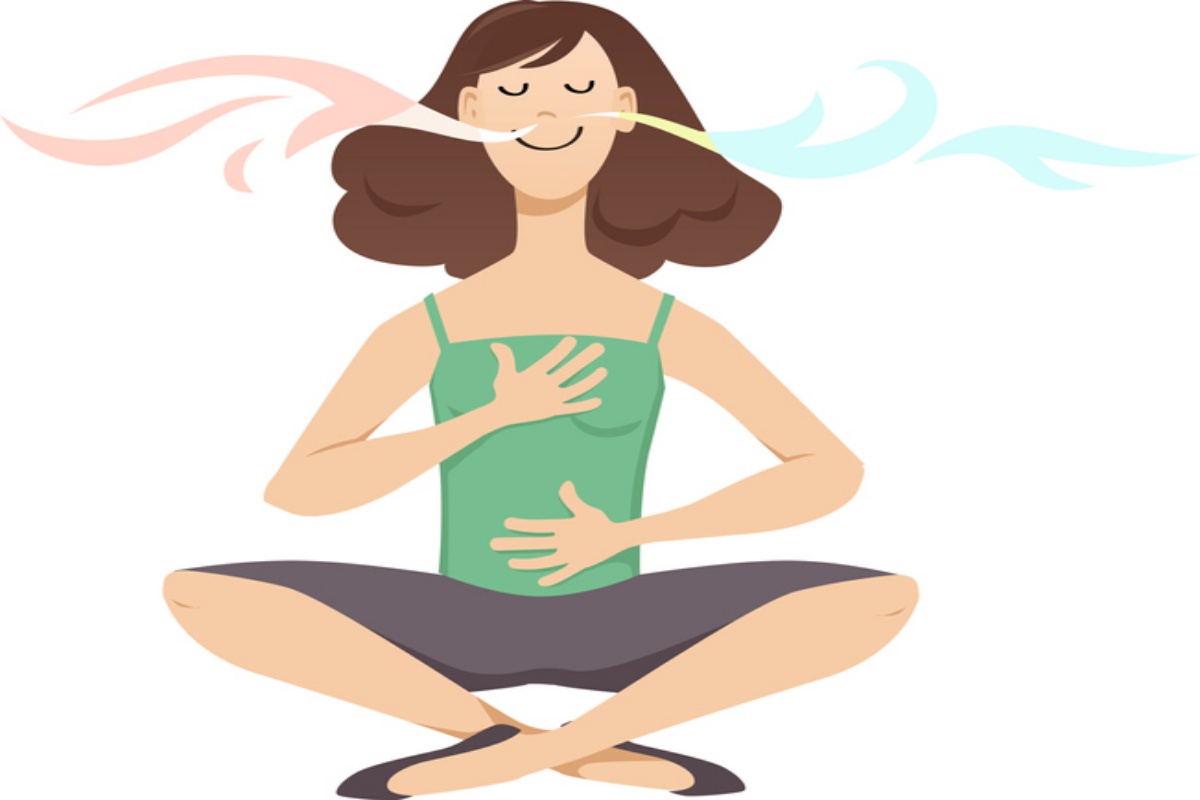
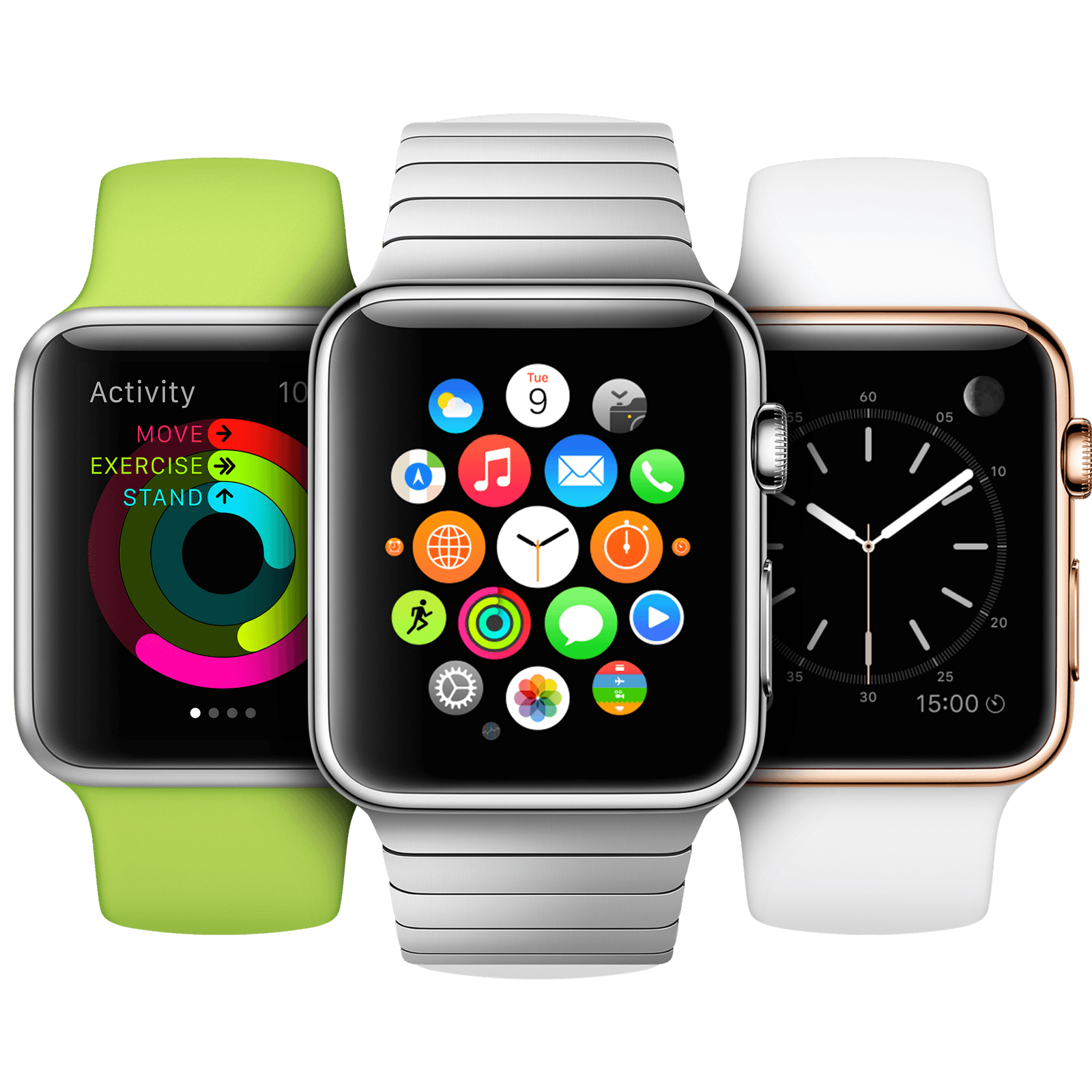
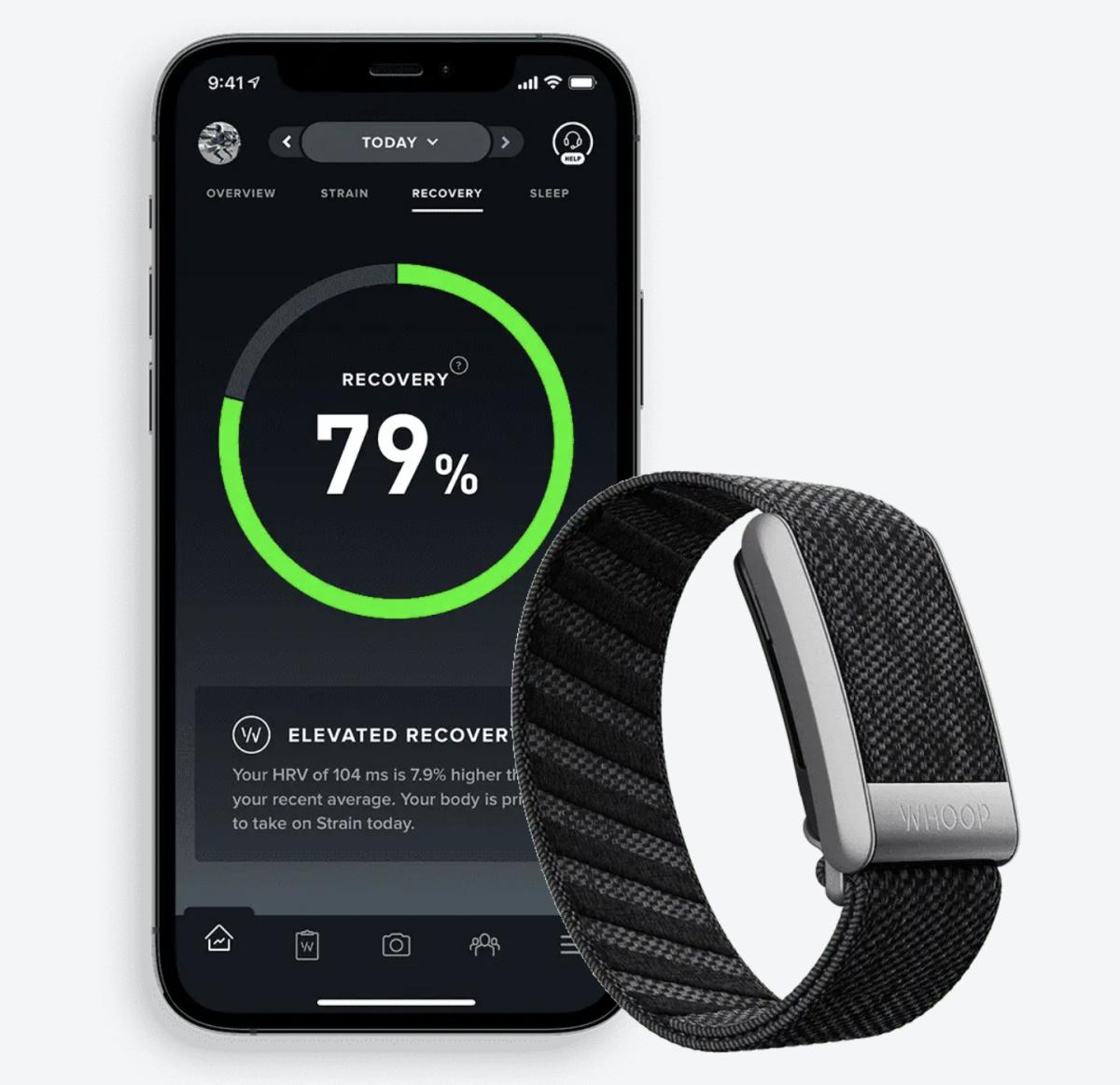


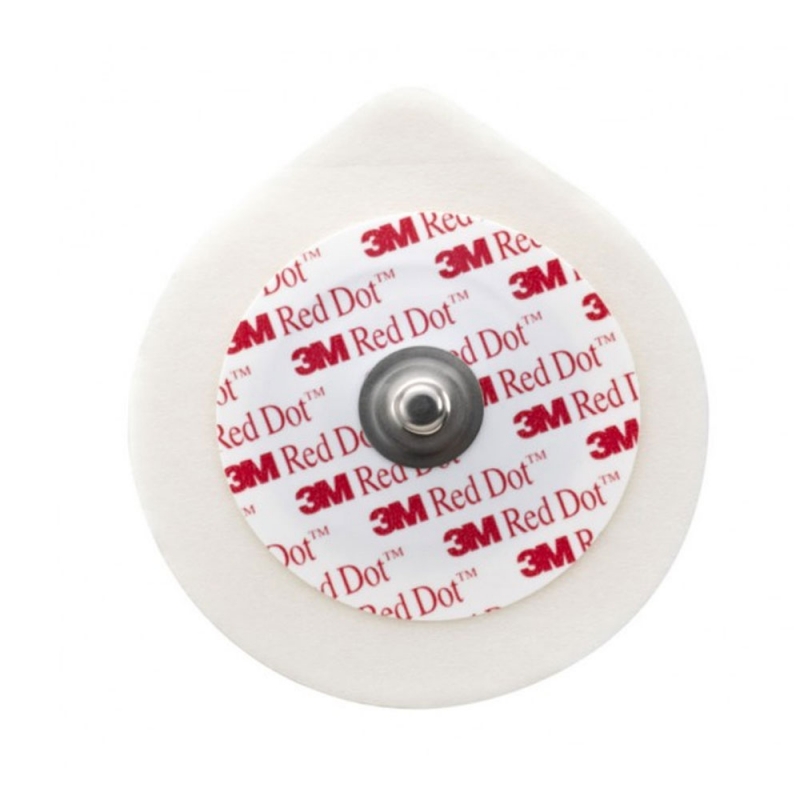
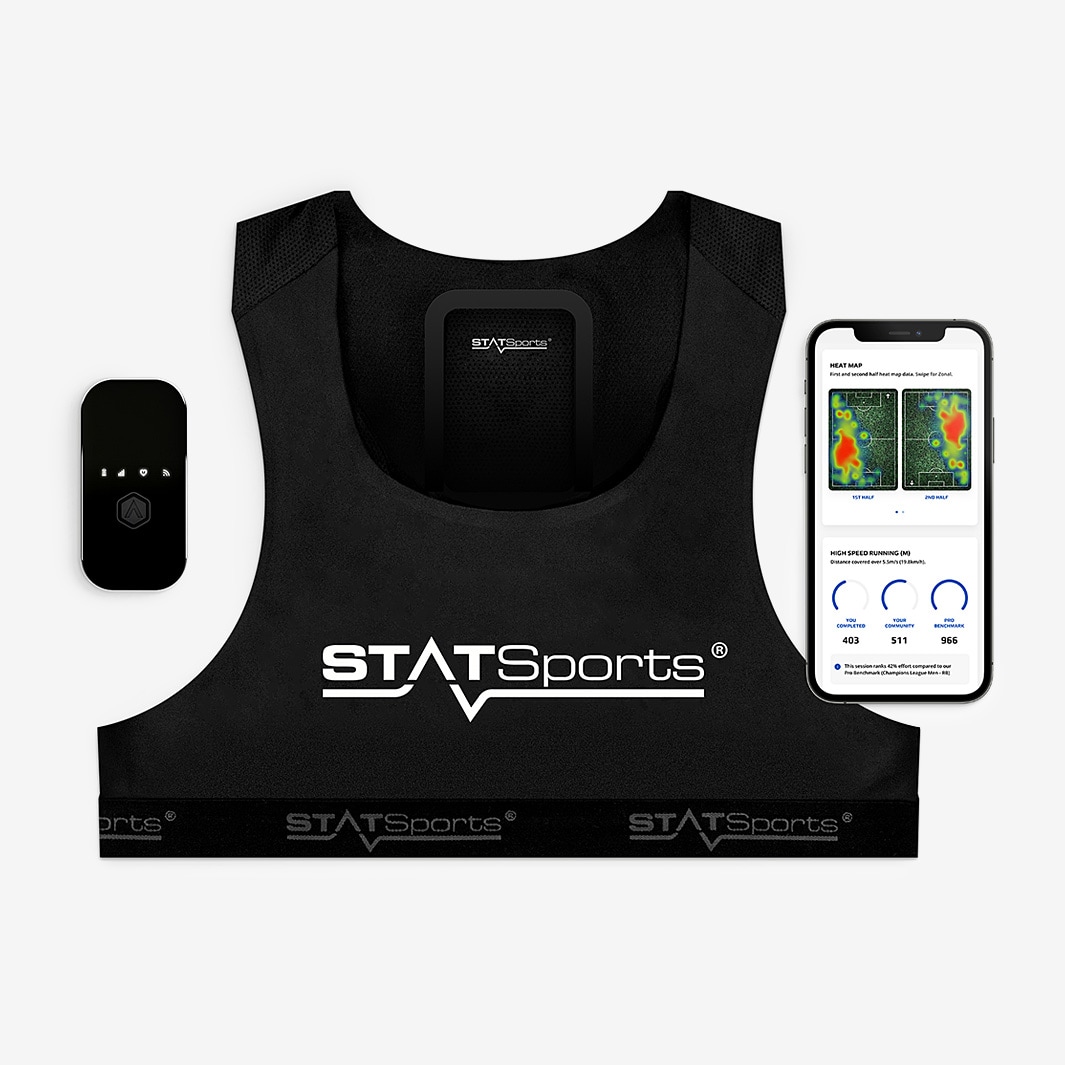


Comments
Post a Comment